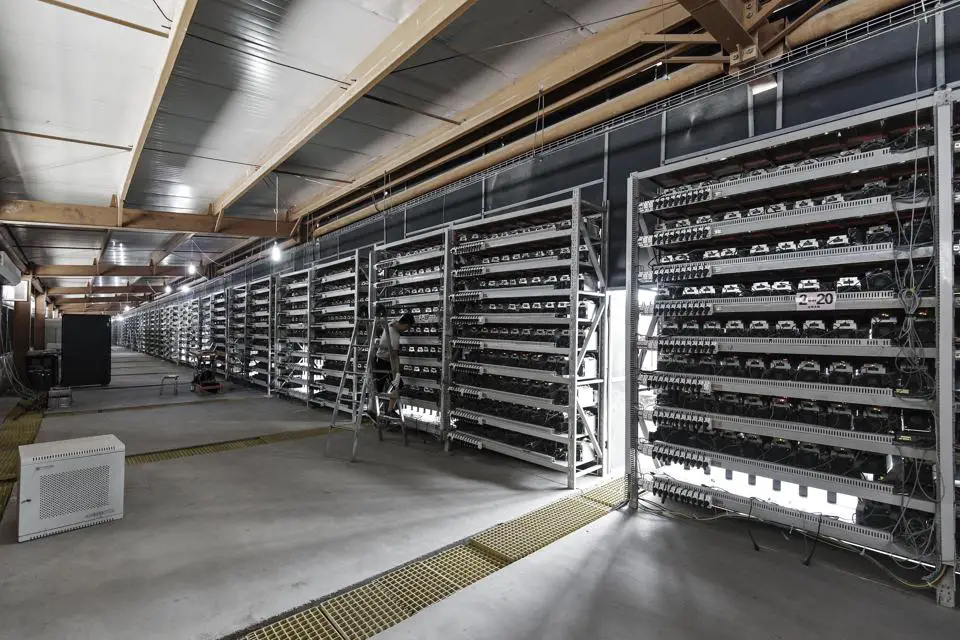A few days ago, we reported about a poll that Elon Musk posted on his Twitter account. He wanted to know if people wanted Twitter to accept Dogecoin, the meme cryptocurrency, as a payment method for Tesla vehicles. Before that, he had also posted an image about SpaceX targeting a mission completely funded by Dogecoin in the coming year or so. It seemed like the Tesla CEO was doing everything in his power to create awareness about accepting cryptocurrency for commercial transactions.

Now, Musk, a strong proponent of cryptocurrency, announced through yet another tweet that Tesla won’t accept Bitcoin anymore, at least temporarily. This news comes just a few months after Tesla started accepting Bitcoin, one of the largest cryptocurrencies in the USA, as a payment method. However, this has less to do with Musk’s stand on cryptocurrencies, and more with the environmental impact of mining Bitcoin.
Why is This News a Shocker?
As mentioned before, Musk has delved deep into the world of cryptocurrency recently. Tesla invested $1.5 billion in Bitcoin this year. Shortly after, they allowed Bitcoin as an option to pay for Tesla vehicles on its website. Elon has been a very strong supporter of Dogecoin as well, and he is responsible for the meteoric rise the “meme crypto” has seen in the past six months. Interestingly enough, the poll that Musk posted on his Twitter handle saw 77% vote for allowing Dogecoin as a payment method. 77% out of 3.2 million people, that is.
And now, suddenly, Tesla stops accepting Bitcoin. No doubt, this came as a shock to most supporters of cryptocurrency. Even before Musk tweeted about the reason for this, many prospective customers spotted this on the order configurator on Tesla’s website. This created chaos all over social media, forcing Musk to post the reason. The value of Bitcoin also dipped by around 17% following Musk’s tweet.
Tesla & Bitcoin pic.twitter.com/YSswJmVZhP
— Elon Musk (@elonmusk) May 12, 2021
How Bitcoin Mining Works
Bitcoin mining is the process of creating a new coin that involves using computers to solve complex mathematical algorithms or puzzles. The cryptocurrencies are based on a decentralized network that needs to be mined. The software that mines bitcoin is designed to take on average about 10 minutes for those on the network to solve the complex program and process a block.
Miners use giant and powerful systems to mine blocks and verify transactions. As a result, the process ends up using a massive chunk of electricity. The vast majority of Bitcoin’s energy consumption happens during the mining process. As a reward for their services, miners receive newly created bitcoins along with transaction processing fees.

Mining for cryptocurrency often relies on electricity generated with fossil fuels. As bitcoin price rises, so does the energy consumption. The rising price offers even more incentive to miners to mine coins, and attract more people to join the bitcoin network.
Environmental Impact of Bitcoin Mining
According to studies, Bitcoin mining consumes more than 120 Terawatt-Hours (TwH) per year. This is more annual energy consumption than countries like Malaysia, Sweden or Argentina. Bitcoin would rank in the top 30 energy consumers if it were a country. Musk also showed the average annual electricity consumption of Bitcoin over the years, through another tweet.
Energy usage trend over past few months is insane https://t.co/E6o9s87trw pic.twitter.com/bmv9wotwKe
— Elon Musk (@elonmusk) May 13, 2021
The entire “mining for Bitcoin” system works on a proof-of-work mechanism. If the miners solve the complex hashing algorithms, the system rewards it with some Bitcoin. However, over the years, as and how the value of Bitcoin has gone up, so has the complexity of these algorithms. A direct effect of this is the increase in the time taken to solve the algorithms. And of course, running heavy equipment for an elongated period of time means more electricity consumption.
Now, one of the biggest issues is the location of this Bitcoin mining. Bitcoin miners normally prefer remote locations in China owing to their low energy prices. But, China is heavily reliant on coal at the moment. So, the amount of carbon dioxide and other harmful gases released during the generation of these humongous amounts of energy is unfathomable.
Studies claim that Bitcoin has a significant chance to single-handedly drive global warming. It could produce enough carbon dioxide emissions to increase the global temperature by almost 2°C in less than three decades.
Future of Tesla and Bitcoin
This news, of course, comes as a surprise to many. Obviously, someone like Elon Musk must have done due diligence before accepting Bitcoin as payment. So what changes in the few months between the announcement of Tesla accepting Bitcoin, and today? Interestingly enough, just as Musk mentioned in his tweet, the rise in energy consumption has been massive in the last 6 months. Bitcoin mining required around 120 TwH of electricity annually in December 2020. Today, that graph has risen to 500 TwH.
Of course, this doesn’t mean that Musk, or Tesla, are giving up on cryptocurrency, or Bitcoin either. They are looking into other cryptocurrencies which use less energy for mining than Bitcoin. Tesla, which is currently sitting on $2.5 billion worth of Bitcoin, won’t be selling any of it. Instead, the company will wait till Bitcoin mining transitions to sustainable energy, after which it will resume Bitcoin payments.


















